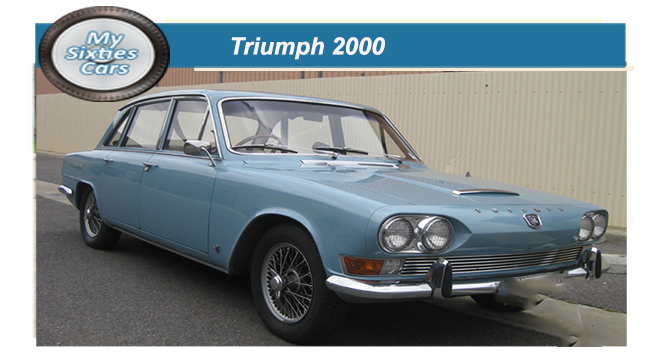
As the Sixties progressed, Triumph were firmly established as a significant force in the UK car industry, particularly well known and appreciated for their TR series of open and hard top sports cars, under the TR umbrella.
Duri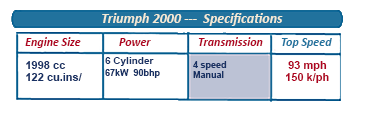 ng the Fifties, the company enjoyed some success in the saloon car sector with the Mayflower, although, at the start of the decade, they only had one saloon car model in production, the entry level Triumph Herald, designed for them by talented Italian designer Giovanni Michelotti.
ng the Fifties, the company enjoyed some success in the saloon car sector with the Mayflower, although, at the start of the decade, they only had one saloon car model in production, the entry level Triumph Herald, designed for them by talented Italian designer Giovanni Michelotti.
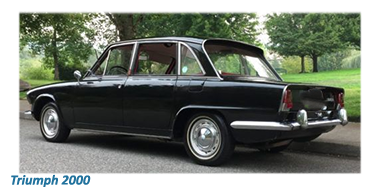 So impressed were Triumph with the success of the Herald that they commissioned Michelotti and his design team to come up with a design for an executive range saloon, to compete with BMC’s top-selling Rover 2000 launched in 1963
So impressed were Triumph with the success of the Herald that they commissioned Michelotti and his design team to come up with a design for an executive range saloon, to compete with BMC’s top-selling Rover 2000 launched in 1963
Triumph introduced their own equally impressive 2000 in the same year that went on to become their mainstay executive saloon for the next fifteen years.
Michelotti's effective, classic design meant that the model needed only a minor restyle to keep it looking fresh during that time
Although the Rover was probably slightly better-looking than the Triumph, the Triumph had the mechanical advantage of a smooth six-cylinder engine lifted from the outgoing Standard Vanguard.
![]()
As usual, Michelotti was responsible for the design of the original handsome styling, with the model featuring unitary construction and all-independent suspension.
Reco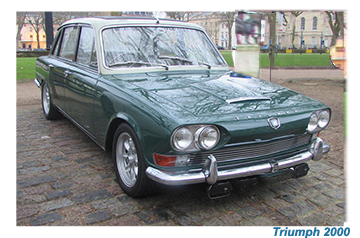
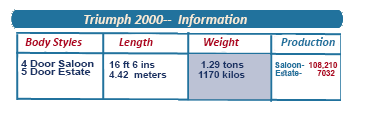 gnising the demand for a large-sized dual purpose vehicle, in 1965 Triumph launched an estate version of the 2000, which went on to become a steady seller in its own right.
gnising the demand for a large-sized dual purpose vehicle, in 1965 Triumph launched an estate version of the 2000, which went on to become a steady seller in its own right.
After six years of success, in 1969 Triumph decided that the time was right to update the 2000, with the model upgraded and launched as the MkII.
Taking that major factor into account, Michelotti designed the Mk 2 version of the Triumph 2000 Estate so that it was five inches (125 mm) shorter than the saloon,to allow the car’s rear bodywork to remain unchanged from the Mk 1 version.
![]()
Mechanically the Mk2 remained almost entirely unchanged, once again powered by a 1,998 cc straight-cylinder engine.
For 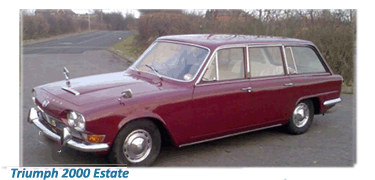 those looking for more power in their saloon car, in 1968 Triumph launched the 2.5PI, fitting a slightly detuned 132bhp version of the 2498cc six-cylinder unit that powered the TR5 sports car.
those looking for more power in their saloon car, in 1968 Triumph launched the 2.5PI, fitting a slightly detuned 132bhp version of the 2498cc six-cylinder unit that powered the TR5 sports car.
The Triumph 2000 and its 2.5PI counterpart remained in production well into the Seventies, an intrinsic part of the UK motoring landscape- a well designed, hard-working saloon and estate car with a unique design and character.
The 2000 was discontinued in 1977, ironically to make way for Rover's new SDI.






